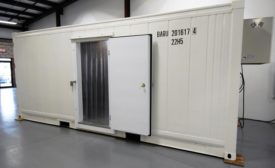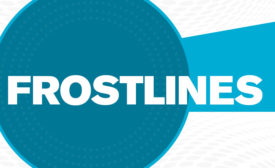Refrigeration
Innovative solutions offer benefits to end users and contractors
Read More
Advanced Refrigeration Technologies Boosting Energy Efficiency in Supermarkets
Advances in HVACR technologies can produce significant savings
Read More
Does Peak HVAC Pricing Result in Piqued Customers?
Experts debate raising prices during busy times
Read More
Copyright ©2024. All Rights Reserved BNP Media.
Design, CMS, Hosting & Web Development :: ePublishing









